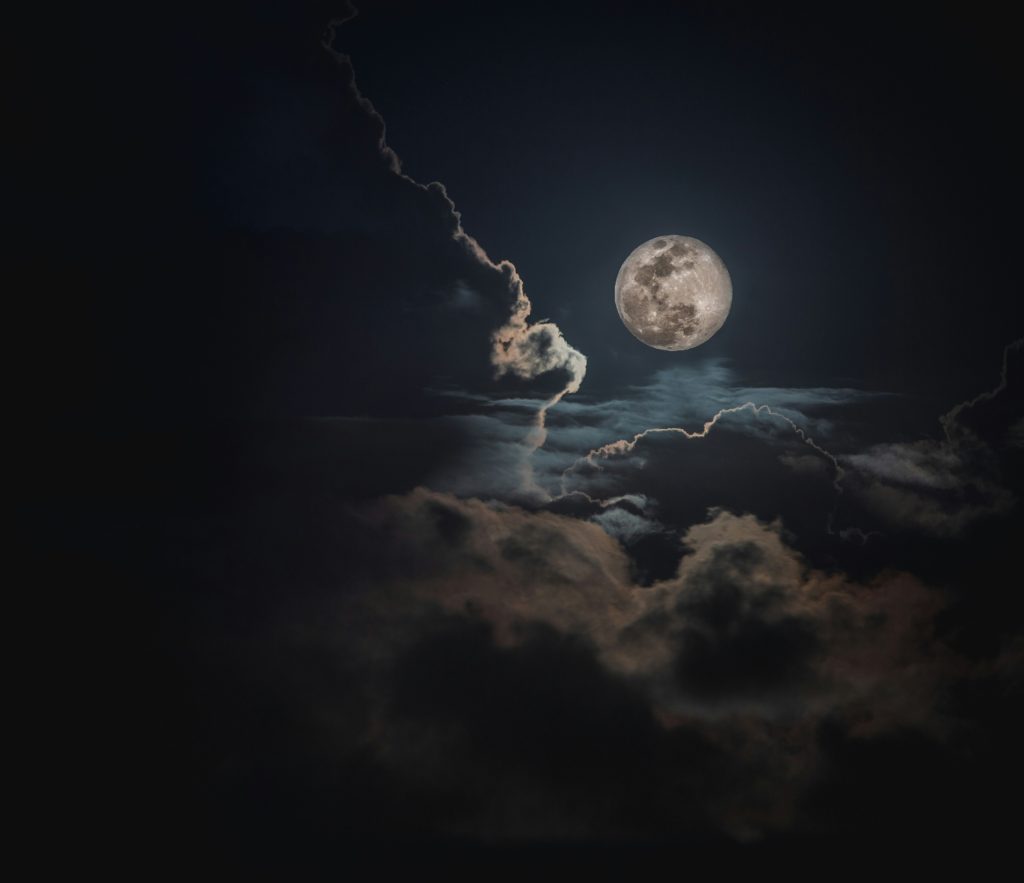Scientific research suggests that the surface of the moon could hold trillions of dollars’ worth of platinum and other precious metals.
While these valuable deposits represent a significant payday for the country or private company with the capital and expertise to mine them, doing so could prove far from simple.
From reaching the surface and contending with its lower gravity, to the legal wranglings required to navigate the 1967 Outer Space Treaty, mining the moon could prove to be a challenge too lucrative to pass up.
Keep reading for a look at the latest research and the potential barriers that lie ahead.
The moon’s craters could be home to precious metals dating back to their formation
The moon is dotted with millions of craters, largely formed by asteroids colliding with the lunar surface during a period known as the “Late Heavy Bombardment”, roughly 3.85 billion years ago.
Asteroids are comprised of rock, metal, and clay, in different ratios, and while some are merely “rubble piles”, held loosely together by gravity, others are larger and denser. Some even contain precious metals like platinum, palladium, and iridium.
A group of researchers from Vancouver have been investigating whether the quantities of such metals, transferred to the moon’s surface via these asteroid collisions, could add up to a significant commercial value. And they’ve recently announced their findings.
For craters to contain minable platinum, the asteroid that caused that crater would need to have been metallic, contained a sufficient amount of precious metal, and impacted the moon at a slow enough speed that at least some of that metal remained behind. (Higher speed collisions would have seen the precious metals sent back into the depths of space.)
Scientific models suggest that while the moon has around 1.3 million craters wider than 1 km in diameter, only around 6,500 of those would likely contain platinum at levels of “commercial interest”. Those craters alone could equate to a minable value of $1 trillion.
The Cold War, the Space Race, and the 1967 Outer Space Treaty
During the 1950s and 1960s, the development of intercontinental ballistic missiles and the Soviet Union’s satellite Sputnik led to the Space Race. With this scramble for the stars came a need to effectively police space, an issue made more pressing when Yuri Gagarin became the first man to orbit the Earth in April 1961.
In 1967, the Outer Space Treaty was signed. Among its nine core principles are:
- The exploration and use of outer space shall be carried out for the benefit and in the interests of all countries and shall be the province of all mankind.
- Outer space shall be free for exploration and use by all states.
- Outer space is not subject to national appropriation by claim of sovereignty, by means of use or occupation, or by any other means.
The third principle here could make it especially difficult for any one nation to make commercial use of the platinum deposits to be found on the moon.
It’s also clear that, as a product of the Cold War, the treaty is largely focused on nuclear weapons security. Newer technologies, and more specifically those that allow us to consider lunar and asteroid mining, didn’t exist when the treaty was drawn up. This could lead to ambiguity and disputes as the technology advances.
The value of platinum deposits could launch a new age of space exploration, if mining goes ahead
Lunar mining would likely prove much cheaper and more profitable than attempting to mine the metallic asteroids themselves. Asteroids are fast-moving, further away, and have lower gravity – a huge logistical challenge.
As private individuals launch rockets beyond Earth’s exosphere and space tourism looks set to grow, matters of outer space law will only become more important. And the moon could be at the centre of these discussions.
In recognition of the gap between the Outer Space Treaty and advancing technology, the US drafted the Artemis Accords. Originally signed back in 2020, the accords (as of 24 July 2025) have been signed by 56 countries.
While matters of rules, governance, and rights will continue to be argued over – with a potential $1 trillion mining contract as the prize – this race for resources could have benefits for us all.
Jayanth Chennamangalam, lead researcher of the original Vancouver team, is quoted by New Scientist and believes: “If we can monetise space resources — be it on the moon or asteroids — private enterprises will invest in the exploration of the solar system.” This, in turn, could herald a new age of space exploration.


